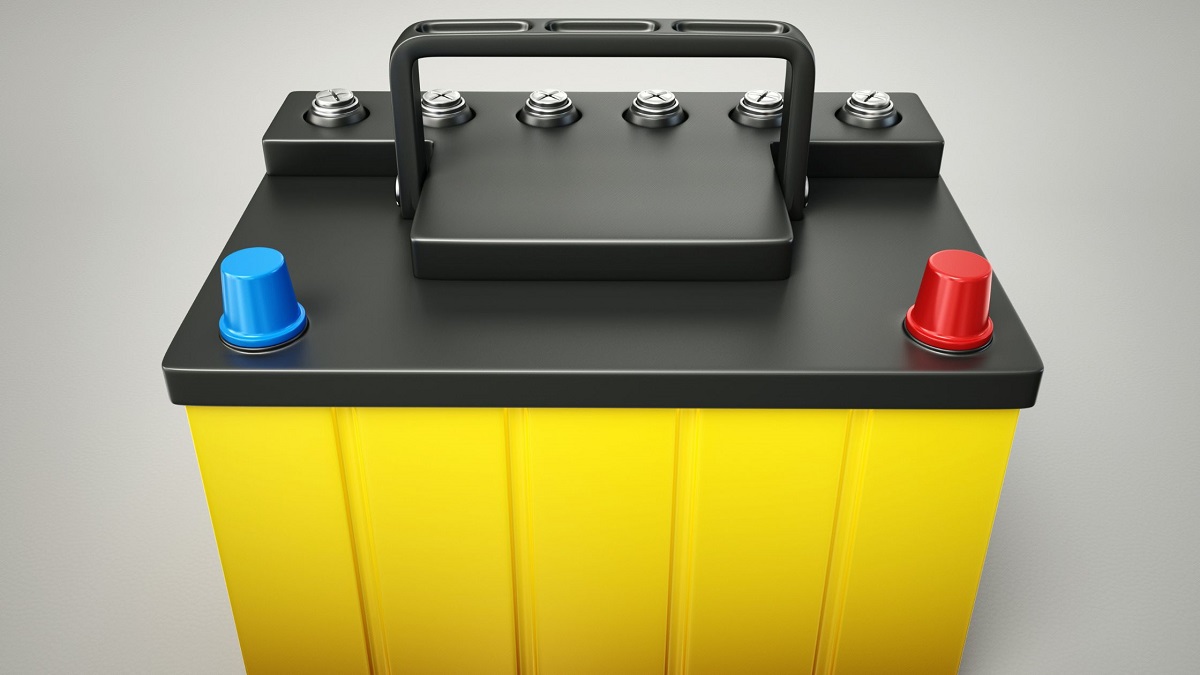Summer can be challenging for inverter batteries, as soaring temperatures strain their performance and lifespan. Excessive heat can cause rapid evaporation of electrolytes, swelling of battery plates, and even permanent damage. To ensure your inverter batteries remain in peak condition and deliver reliable power during the hottest months, it’s vital to follow proper maintenance and care practices.

Here’s a comprehensive guide to help you protect your inverter batteries during summer and maintain it for a longer life.
1. Understand the Effects of Summer Heat on Batteries.
High temperatures can significantly impact the efficiency and longevity of inverter batteries. The chemical reactions inside the battery speed up in hot weather, leading to:
- Increased self-discharge rates.
- Accelerated water loss in lead-acid batteries.
- Reduced overall battery lifespan.
- Risk of thermal runaway (in extreme cases).
Recognizing these risks is the first step toward implementing effective protective measures.
2. Place Batteries in a Cool, Ventilated Area.
The location of your inverter batteries plays a crucial role in combating heat-related issues. Follow these guidelines:
- Cool Location: Place the batteries in a shaded, cool area away from direct sunlight or other heat sources.
- Ventilation: Ensure proper airflow around the batteries to dissipate heat. Avoid enclosing them in airtight spaces, as trapped heat can exacerbate damage.
- Temperature Monitoring: Use a thermometer to monitor the battery area and ensure it remains within the manufacturer’s recommended range (typically 20-25°C for lead-acid batteries).
3. Regularly Check Electrolyte Levels.
In lead-acid batteries, high temperatures accelerate electrolyte evaporation, which can expose the plates and cause irreversible damage. To mitigate this:
- Check Frequently: Inspect electrolyte levels weekly during summer.
- Top Up with Distilled Water: Replenish electrolyte levels using only distilled water. Never use tap water, as it contains impurities that can harm the battery.
- Avoid Overfilling: Fill just enough to cover the plates, as overfilling can lead to leakage and other issues.
4. Reduce Battery Load During Peak Heat.
High temperatures, coupled with heavy usage, can overwork your battery. Minimize stress on the system by:
- Turning off non-essential appliances during peak heat hours.
- Using energy-efficient devices to reduce overall load.
- Scheduling high-power operations (like using washing machines or air conditioners) during cooler times of the day.
5. Prevent Overcharging.
Overcharging generates additional heat, which can damage the battery in summer. To avoid this:
- Use a Smart Charger: Ensure your inverter system is equipped with a smart charging mechanism that prevents overcharging.
- Monitor Voltage Levels: Regularly check the voltage levels to ensure they stay within safe limits.
- Set Timers: If your inverter lacks an automatic cutoff feature, use a timer to avoid overcharging.
6. Protect the Battery Terminals.
Heat and humidity can corrode battery terminals, leading to poor electrical connections. Maintain the terminals by:
- Cleaning Regularly: Use a mixture of baking soda and water to clean corrosion.
- Applying Protective Coatings: Apply petroleum jelly or a specialized anti-corrosion solution to the terminals.
- Tightening Connections: Ensure terminal connections are secure to prevent sparking and heat generation.
7. Upgrade to Heat-Resistant Batteries.
If you live in a region with extreme summers, consider investing in batteries designed for high temperatures, such as:
- Tubular Batteries: These are better suited for handling heat and have a longer lifespan compared to flat-plate batteries.
- Sealed Maintenance-Free Batteries: Gel or AGM batteries are less prone to water loss and require minimal maintenance in summer.
8. Use Battery Cooling Solutions.
For areas where summer temperatures are particularly harsh, additional cooling measures may be necessary:
- Battery Cooling Fans: Install a fan or small cooling system in the battery area to keep temperatures stable.
- Insulating Covers: Use heat-resistant insulating covers to protect batteries from external heat sources.
- Thermal Shields: Install reflective shields or barriers to deflect sunlight and reduce heat exposure.
9. Monitor the Inverter System.
The inverter itself can contribute to heat generation, especially if it is running at full capacity during summer. Ensure it is in optimal condition by:
- Cleaning Air Vents: Keep the inverter’s air vents free of dust to improve cooling.
- Ensuring Adequate Spacing: Maintain sufficient clearance around the inverter for proper heat dissipation.
- Updating Firmware: If your inverter system has updatable firmware, check for updates that optimize summer performance.
10. Prepare for Power Outages.
Summer is often accompanied by increased power outages, which can strain your batteries. Be prepared by:
- Having a Backup Battery: Keep an extra battery on standby for prolonged outages.
- Optimizing Charging Time: Charge batteries during available grid power to maintain a full charge.
Conclusion.
Protecting your inverter batteries during summer is essential to maintain their efficiency and extend their lifespan. If taken care of it can go long.
With proper care, strategic placement, and regular maintenance, you can safeguard your investment against heat-related damage. Implement these tips to ensure uninterrupted power supply and a stress-free summer.
Got more summer battery protection tips?
Share them in the comments section below!
Stay powered, stay cool!
Leave a Reply